 One of my Loyal Readers, knowing of my penchant for all things Murakami, was able to procure an English copy of Hear the Wind Sing from a drugstore in Tokyo. The novella is perfectly pocket-sized, at four by six inches, and extremely slim, with 127 pages – a format I would like to see more in the States as a way to encourage portable reading.
One of my Loyal Readers, knowing of my penchant for all things Murakami, was able to procure an English copy of Hear the Wind Sing from a drugstore in Tokyo. The novella is perfectly pocket-sized, at four by six inches, and extremely slim, with 127 pages – a format I would like to see more in the States as a way to encourage portable reading.Hear the Wind Sing, along with Pinball 1973, are two early Murakami novels that aren’t available in America, so I consider myself lucky to have a copy of one of them (and if anyone wants to send me Pinball 1973, I will reciprocate with all the publicity love I can muster).
[Editor’s note: This book is now available in the U.S., in a double-format edition with Pinball 1973]
When given the novella, I was looking forward to seeing what Murakami themes were present at a nascent stage of his writing career. Since so many of his other novels have shared themes (classical music, cats, coincidence that is actually fate), I wondered if many of these were already formed when he was just beginning to publish, or whether he had progressively developed them as he’d grown as a writer.
One aspect of Murakami that has certainly not changed over the years — although he certainly has refined it — is his tendency to use animals in his stories.
The animal that appears most frequently is a cat – in The Wind-Up Bird Chronicle, a search for a missing cat launches the protagonist on a neighborhood odyssey, while in Kafka on the Shore, a character is cat-telepathic. That’s not to say that other animals don’t drop into the story, just that a single animal often plays a pivotal role in the narrative and it’s often a cat. Even his book titles reflect the preoccupation with animals, with mentions of birds, sheep, and elephants.
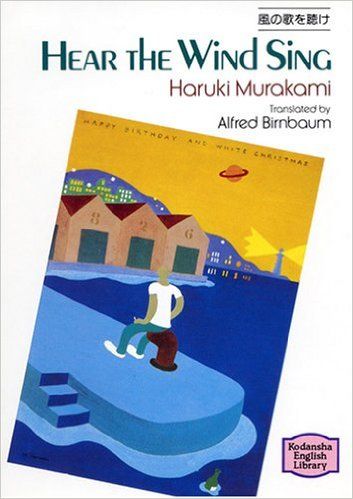 When Murakami wrote Hear the Wind Sing, it seemed he had latched onto the notion that animals were key for his fiction, because he gave us a virtual menagerie, but hadn’t quite decided that for narrative reasons it might be better to give a single animal a key and recurrent role.
When Murakami wrote Hear the Wind Sing, it seemed he had latched onto the notion that animals were key for his fiction, because he gave us a virtual menagerie, but hadn’t quite decided that for narrative reasons it might be better to give a single animal a key and recurrent role.
So this story moves through someone writing about elephants, a car crashing near a monkey cage, lyrics about giraffes, a story of a man-eating leopard, a psychologist’s parable about a rabbit and a billy goat, a cow painted on a car hood, a character named The Rat, and the biologist protagonist who dissects cats. Those are just the main references, and all in 127 very small pages.
There are also a number of similarities with Murakami’s later work that don’t need excessive explanation: The protagonist is identical to most of Murakami’s later protagonists – male, rather isolated, laconic, operating on cruise control, and jobless. The girl that becomes the protagonist’s girlfriend has a twin – a familiar motif to the doppelganger-happy Murakami. There is even a couple-page bit on Martian wells on that transport you through time, which will be familiar to readers of The Wind-Up Bird Chronicles.
One of the most remarkable things absent from Hear the Wind Sing is plot.
If you’re wondering why I didn’t give the plot up far sooner – such as in the third paragraph – it was because there wasn’t much of a summary to give. The book is about eighteen days in a boy’s life before he returns to college, and although events occur, they don’t seem very significant (although they are interesting).
Each passage in the book is broken by trios of asterisks or a numbered heading, and each passage seems like an anecdote that follows the last chronologically but not in terms of escalating conflict. There are mysteries that are never solved, such as a high school girlfriend that he borrowed an Elvis record from and never returned, and relationships that don’t do anything. His relationships with The Rat, his friend, and the love affair with the nine-fingered girl, are not so much resolved as they are abruptly broken off as he resumes his schooling.
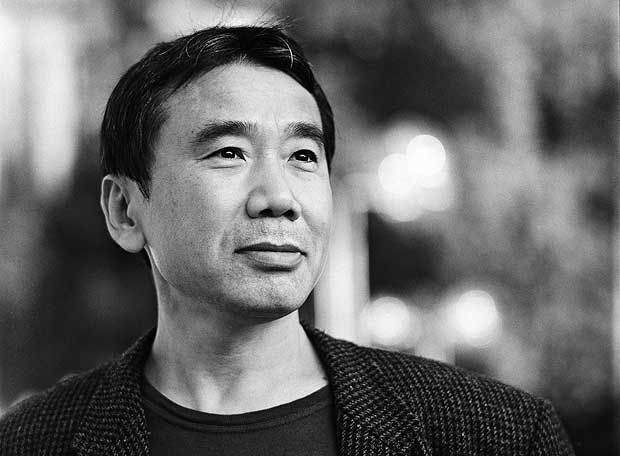 The lack of plot felt odd because Murakami novels and short stories usually have a fairly strong plot, even if in some of his longer books like The Wind-Up Bird Chronicle he will venture off to a side-story for a while. Kafka on the Shore is plotted precisely and tightly. Even Dance, Dance, Dance and Hard Boiled Wonderland and the End of the World give the protagonist a single problem, a quest to solve that problem, and a solution at the end. Which tells me that at an early stage of his career Murakami had an excellent grasp on characterization, prose, and relationships, but his talents for structuring a storyline came later.
The lack of plot felt odd because Murakami novels and short stories usually have a fairly strong plot, even if in some of his longer books like The Wind-Up Bird Chronicle he will venture off to a side-story for a while. Kafka on the Shore is plotted precisely and tightly. Even Dance, Dance, Dance and Hard Boiled Wonderland and the End of the World give the protagonist a single problem, a quest to solve that problem, and a solution at the end. Which tells me that at an early stage of his career Murakami had an excellent grasp on characterization, prose, and relationships, but his talents for structuring a storyline came later.
The most striking absence in the story is the magical realism for which Murakami is so well known. He remains, without much genre-blurring, in the concrete real of bars and bedrooms, cars and restaurants, and doesn’t step outside to mess with character’s shadow selves or discover parallel universes. In fact, the only hint of something outside “realism” is when the protagonist feels his “body overflowing with some strange energy” after sleeping on the beach with the Rat. Yet this energy is never brought up again. The lack of magical realism, interlaced with a number of familiar themes, makes the novella seem simultaneously Murakami-esque and Un-Murakami.
It is worth a read, especially you’re a die-hard Murakami fan, but your only chance to land it might be inter-library loans in the US (and that’s a long shot). As far as details to help you on your quest, it was translated by Alfred Birnbaum and published by the Kodansha English Library (originally designed to teach the Japanese how to read in English – which is why the last forty pages have an English/Japanese translation key). It was originally published 1979, but translated in 1987. Good Luck finding it, although Murakami doesn’t believe in luck, only fate – so here’s hoping you’re destined.
Other Bookfox links:
 | 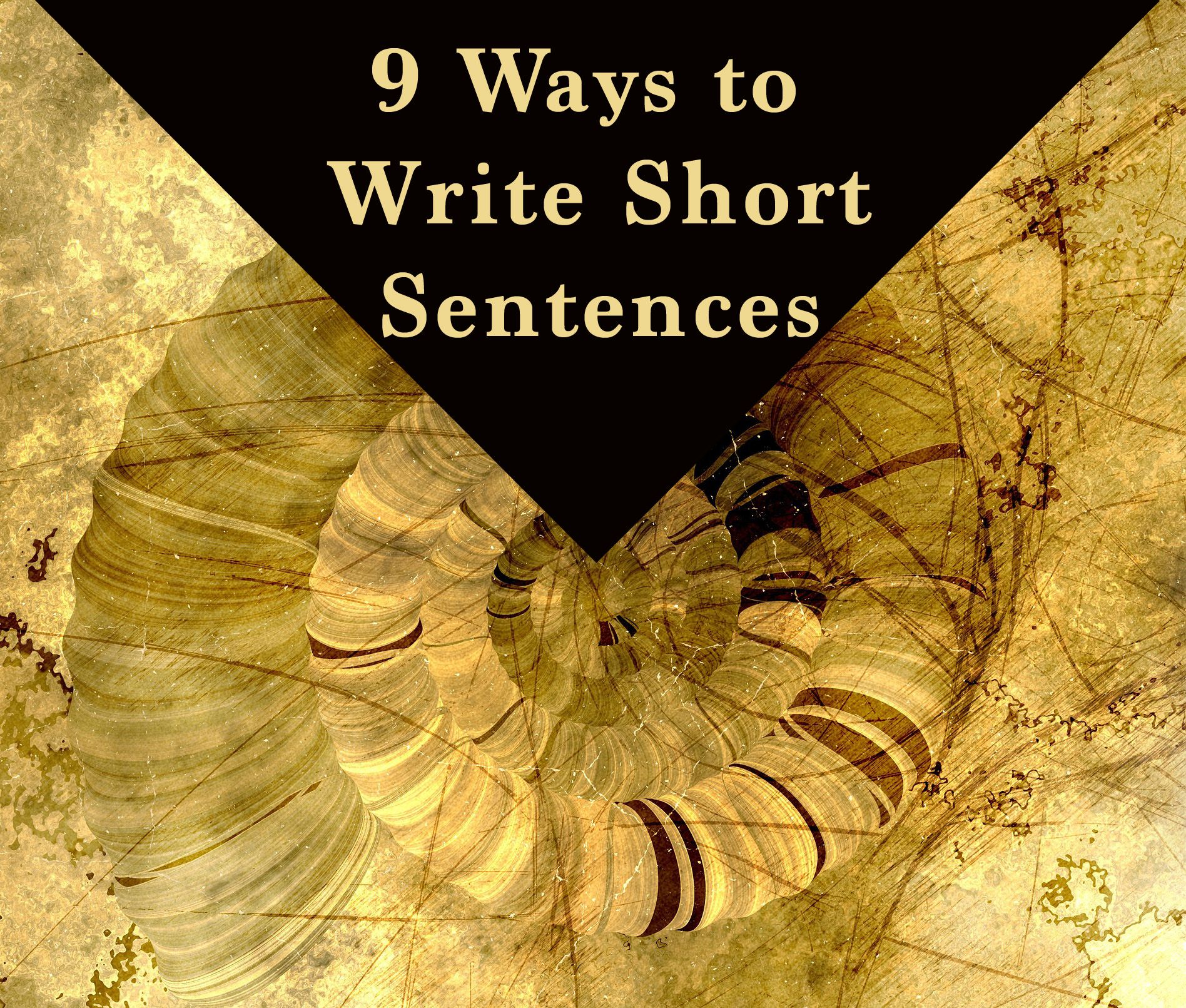 | 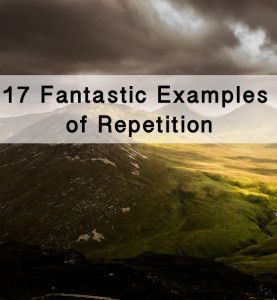 | 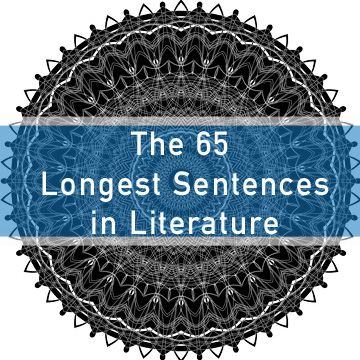 |
Magazine Rankings:
 |  |  | 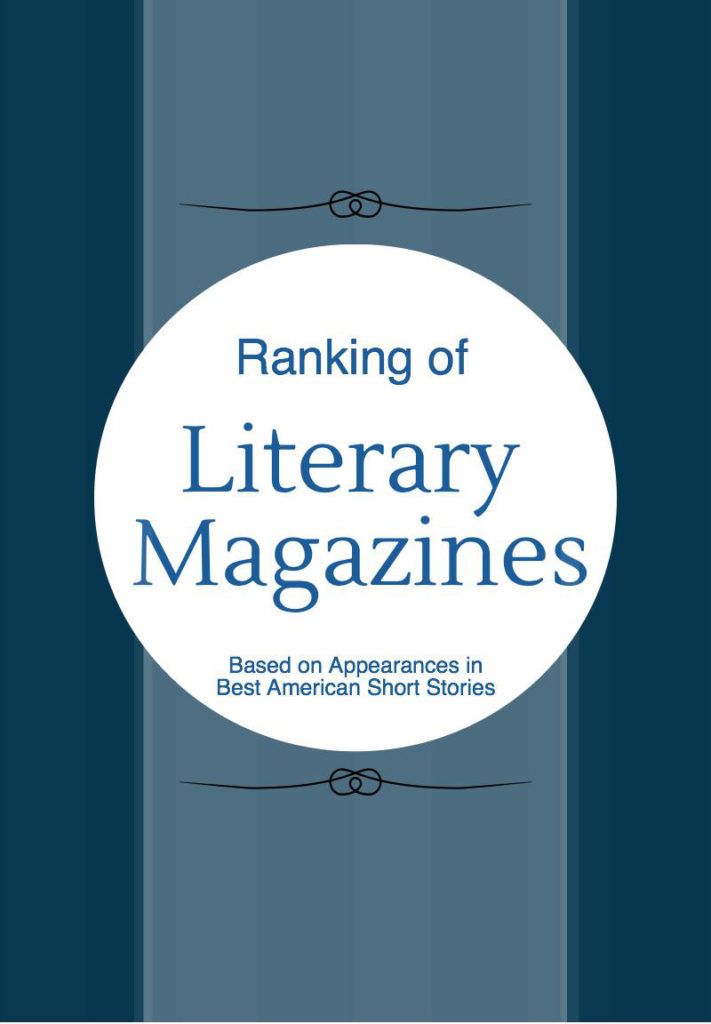 |

9 comments
Hello! Is “Pinball” his very first book? I’ve only discovered Murakami two years ago and I really love his books. So far I’ve finished “The Wind-Up Bird Chronicle” and “Kafka on the Shore”. I’m currently reading “The Elephant Vanishes” and “Hard-Boiled Wonderland and the End of the World”. Are there any other of his works which were not mentioned in his website?
I think Hear the Wind Sing is his first and his second is Pinball. Those are the only two not readily available on the English language market.
I’ve been hoping to locate this book for many years, and It’s nice to hear that an American Murakami fan has succeeded in this.
I found Pinball to be similarly lacking in much of the Murakami-ness of his (not too) later work. It is quite interesting, however to see the rather distinct curve of his development into an international writer.
This is the only piece of his fiction that I have yet to read, but hope to find it soon, which is a relative term since I’ve had my feelers out for almost ten years!!
Ooooh. Thank you SO much for the post on Murakami’s first novel! I’ve read all of his other works (the ones published in the U.S.), and even collected first editions of his UK editions (why do the UK covers look so much better than most of his U.S. covers?).
Not sure what this site is, but a friend sent me this link to a PDF of Pinball 1973. It’s also translated by Alfred Birnbaum:
https://www.autodeliverance.com/yh/murakamipinball1973.pdf
Pinball 1973 is available here:
https://www.betz.lu/media/users/charel/pinball1973.pdf.
this tiny pocket version of ‘Hear the wind sing’ is often available very cheap on ebay!
https://rapidshare.com/files/213972470/harmu.rar
hello! you can buy pinball 1973 from a website called otaku.co.uk
it is england, so i imagine it will cost you a lot of money – but it’s worth it!